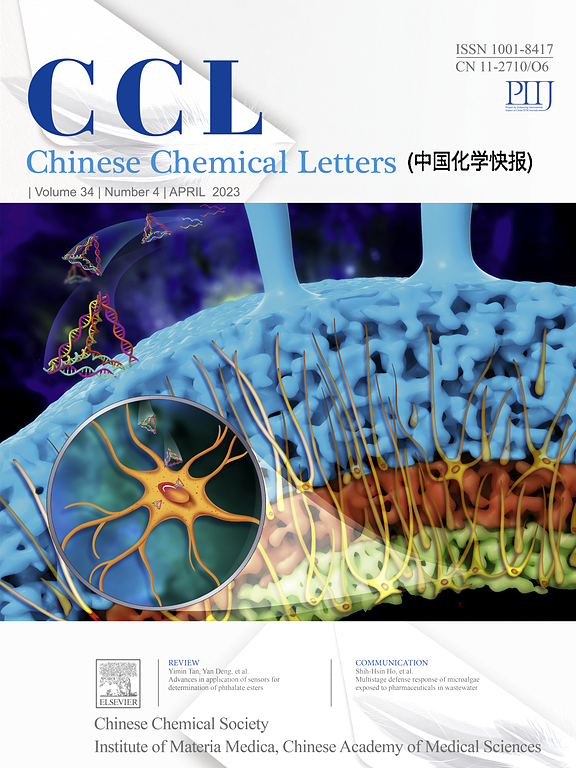Exploring the frontiers of plant health: Harnessing NIR fluorescence and surface-enhanced Raman scattering modalities for innovative detection
IF 9.4
1区 化学
Q1 CHEMISTRY, MULTIDISCIPLINARY
引用次数: 0
Abstract
Plants play a crucial role in maintaining ecological balance and biodiversity. However, plant health is easily affected by environmental stresses. Hence, the rapid and precise monitoring of plant health is crucial for global food security and ecological balance. Currently, traditional detection strategies for monitoring plant health mainly rely on expensive equipment and complex operational procedures, which limit their widespread application. Fortunately, near-infrared (NIR) fluorescence and surface-enhanced Raman scattering (SERS) techniques have been recently highlighted in plants. NIR fluorescence imaging holds the advantages of being non-invasive, high-resolution and real-time, which is suitable for rapid screening in large-scale scenarios. While SERS enables highly sensitive and specific detection of trace chemical substances within plant tissues. Therefore, the complementarity of NIR fluorescence and SERS modalities can provide more comprehensive and accurate information for plant disease diagnosis and growth status monitoring. This article summarizes these two modalities in plant applications, and discusses the advantages of multimodal NIR fluorescence/SERS for a better understanding of a plant's response to stress, thereby improving the accuracy and sensitivity of detection.

求助全文
约1分钟内获得全文
求助全文
来源期刊

Chinese Chemical Letters
化学-化学综合
CiteScore
14.10
自引率
15.40%
发文量
8969
审稿时长
1.6 months
期刊介绍:
Chinese Chemical Letters (CCL) (ISSN 1001-8417) was founded in July 1990. The journal publishes preliminary accounts in the whole field of chemistry, including inorganic chemistry, organic chemistry, analytical chemistry, physical chemistry, polymer chemistry, applied chemistry, etc.Chinese Chemical Letters does not accept articles previously published or scheduled to be published. To verify originality, your article may be checked by the originality detection service CrossCheck.
 求助内容:
求助内容: 应助结果提醒方式:
应助结果提醒方式:


